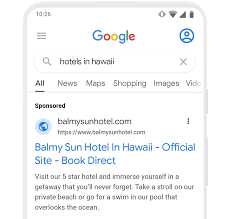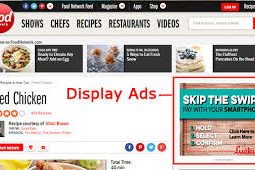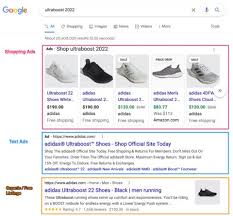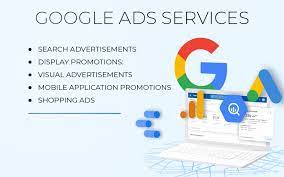
As you continue to learn about different marketing strategies to better your online presence, here you will learn about the different kinds of Google Ads there are, which could potentially make your business even more successful.
Santrel Media guides us on how to set up and run Google Ads, which focuses on creating effective campaigns. He presents key features of Google Ads, and one important factor to take into consideration is how to address account suspension due to suspicious payments.
The presenter also highlights the process of creating new campaigns and how to launch search ads. Here you will learn about the different kind of Google ads a business could launch.
What is Google Ads?
Google Ads is an online advertising platform that was developed by Google, meant for businesses to bid on keywords to display their ads on search engine result pages. These ads appear at the top of the search results, which makes them visible to the user who is actively searching for products or services, similar to what their business offers.

Ways to use Google Ads
Google Ads is extremely flexible and it can be used in many different ways, like the following:

Search Ads:
Text-based ads that appear on SERPs.

Display Ads:
Visual banner ads shown on websites within Google.

Shopping Ads:
Ads that show products directly in Google Search.

Video Ads:
Ads that appear on YouTube and other video platforms.
Search Ads:
- How they work: Search ads appear as text ads on Google’s search engine results page (SERP) when users search for relevant keywords.
- What is the purpose: The purpose of search ads is to capture high-intent customers who are actively searching for your products or services, higher probability of them purchasing.
- Example of Search Ad: A local ice cream shop using keywords such as “best ice cream shops near me”.
Display Ads
- How they work: Display ads are visual ads such as images, banners, etc. These ads are displayed across Google’s partner sites.
- What is the purpose: The purpose of display ads is to build brand awareness or retarget users who visited your website but didn’t convert.
- Example of Display Ads: A travel agency displaying exotic vacation packages.
Shopping Ads:
- How they work: Shopping ads are product ads that are displayed on SERP, showing an image, price, and store details.
- What is the purpose: The purpose of Shopping ads is for eCommerce businesses to display their products or services directly to customers.
- Example of Shopping Ads: A clothing retailer featuring new arrivals in seasonal collections.
Video Ads:
- How they work: Video ads are ads shown on YouTube and Google’s video partners.
- What is the purpose: The purpose of video ads is to display product tutorials, reviews, or brand storytelling.
- Example: A fitness company sharing workout tips to engage viewers.
Additional Ways To Use Google Ads:
– App Promotion Ads:
- How they work: Promote your app across Google Search, Play Store, Youtube, and Display Network.
- What is the purpose: The purpose of app promotion ads is to increase app downloads and engagement.
- Example: A fitness app that is targeting wellness enthusiasts.
– Local Ads:
- How they work: The purpose of local ads is to promote local businesses in Maps, Search, and Display to drive foot traffic.
- What is the purpose: The purpose of local ads is for small businesses with physical stores to promote their storefront.
- Example: A restaurant advertising their happy hour menu to nearby consumers.
– Smart Campaigns:
- How they work: The purpose of a smart campaign is to automate campaigns that optimize for your business goals based on machine learning.
- What is the purpose: The purpose of a smart campaign is for businesses who haven’t used Google Ads before to do so without a marketing team.
- Example: A pilates studio automating ads to attract signups for classes.
Best Practices for Google Ads Success
- Keyword Research: Use Google Keyword Planner to find high-performing keywords.
- Audience Targeting: Leverage demographic, geographic, and interest-based targeting.
- Ad Extensions: Add additional information, for example, links, phone numbers, promotions, etc in order to make ads more captivating.
- Track Metrics: Use Google Analytics and conversion tracking to measure performance.
